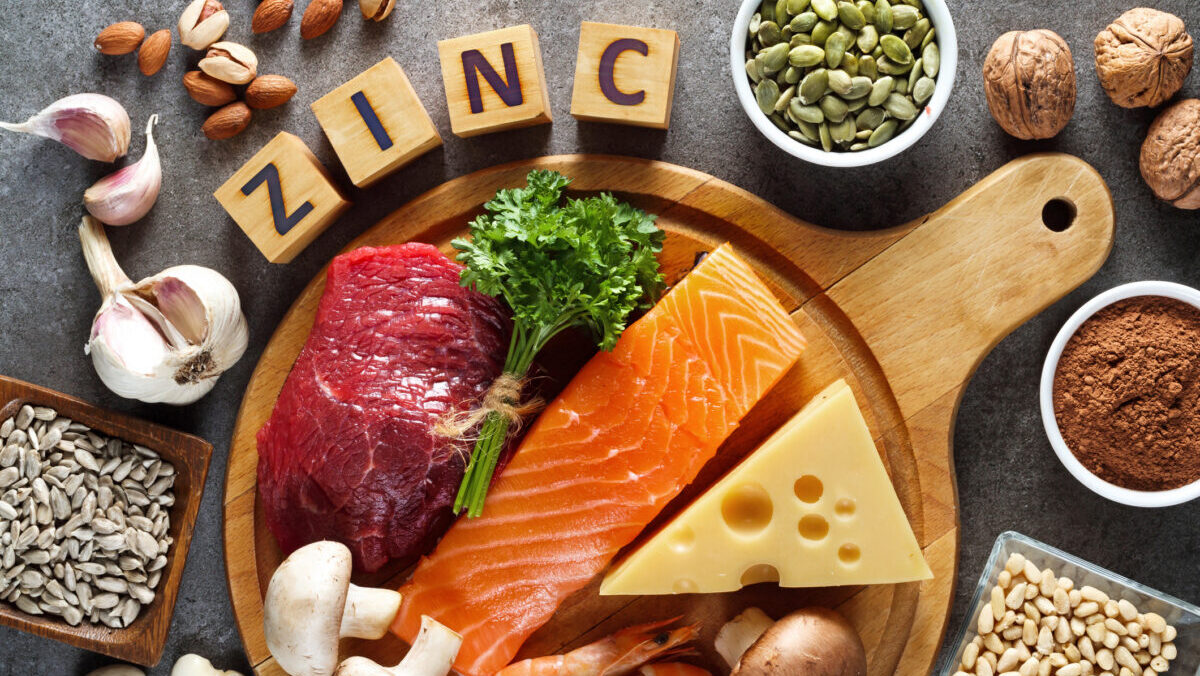Monsters of Rock: Base metal bears come out to play with zinc in the firing line

Pic: piotr_malczyk/iStock via Getty Images
- BMI ups zinc price forecast, but warns of lean years ahead for the battery metal
- South32 to release Taylor zinc feasibility study this year
- Uranium, gas stocks, lift as miners falter
Base metals, heavily promoted for their use in electric vehicles and renewables, have seen a tumultuous 12 months.
Nickel prices have, of course, come off the boil, exemplified by the shut-down of Panoramic Resources’ (ASX:PAN) Savannah nickel mine this month.
Copper on the other hand is looking a little more attractive with hundred of thousands of tonnes of supply coming out the market with the dramas across First Quantum’s Cobre Panama mine along with other majors’ assets in particular in politically fraught South America.
But others could see similar challenges to the well-supplied nickel market if analysts are to be believed.
Fitch unit BMI came out today with a new take on the zinc market, lifting its 2024 forecast from US$2300/t to US$2500/t with prices rising to end a poor 2023.
But the firm still sees multi-year lows coming off the back of ‘excess market supply’.
“At the same time, an uncertain growth outlook for Mainland China and a subdued growth outlook across major markets will place a cap on prices,” BMI analysts said in a note today.
“Price losses will be capped, to some extent, by the weakening of the US dollar.”
They see prices staying relatively stagnant until 2027, when the market reaches a peak annual surplus of 815,000t — the International Lead and Zinc Study Group estimated a surplus of 295,000t across the first 10 months of 2023.
“While subsequent surpluses will be smaller, the market will remain well supplied. A slowdown in China’s galvanised steel production growth will weaken the average rate of global refined zinc demand to 1.0% between 2025 and 2032.”
BMI expects refined zinc consumption growth to hit 2.5% this year, down from 3.2% in 2023, but has a bearish take on Chinese economic growth underpinning its outlook.
And after a 6.7% rise in 2023, it sees production growing 2.8% in 2024, with Chinese growth numbers of 7% and 4.2% respectively backing that.
Of course there are few standalone zinc stocks on the ASX. But there will be one critical event to look out for on the ASX this year in the space.
South32’s (ASX:S32) largest growth project — the Taylor deposit at its Hermosa project in Arizona — is zinc dominant and has a feasibility study due for the second quarter, a key moment for one of the ASX’s largest mining stocks as it also looks to transition its earnings from coal to battery metals.
South32 (ASX:S32) share price today
Santos, uranium stocks lead energy blitz
The materials sector suffered a 0.81% drop propelled in no small part by a bloody day across the battery metals sector.
But energy stocks rose 2.11%, powered by rising uranium prices and a win for Santos (ASX:STO) in the Federal Court, which knocked back a case from Traditional Owners that it had not properly consulted Tiwi Islands elders in the environmental review process for a pipeline at the Barossa gas project.
Uranium prices meanwhile topped US$100/lb late last week after Kazatomprom, the world’s biggest producer, revealed production issues and the US Government backed a program to increase enrichment of uranium onshore.
Peninsula Energy (ASX:PEN), which owns the Lance project in the US where a return to production was delayed last year, surged almost 24%, while big players Deep Yellow (ASX:DYL), Boss Energy (ASX:BOE) and Paladin (ASX:PDN), as well as enrichment hopeful Silex (ASX:SLX) were all up more than 7%.
Uranium share prices today:

UNLOCK INSIGHTS
Discover the untold stories of emerging ASX stocks.
Daily news and expert analysis, it's free to subscribe.
By proceeding, you confirm you understand that we handle personal information in accordance with our Privacy Policy.








